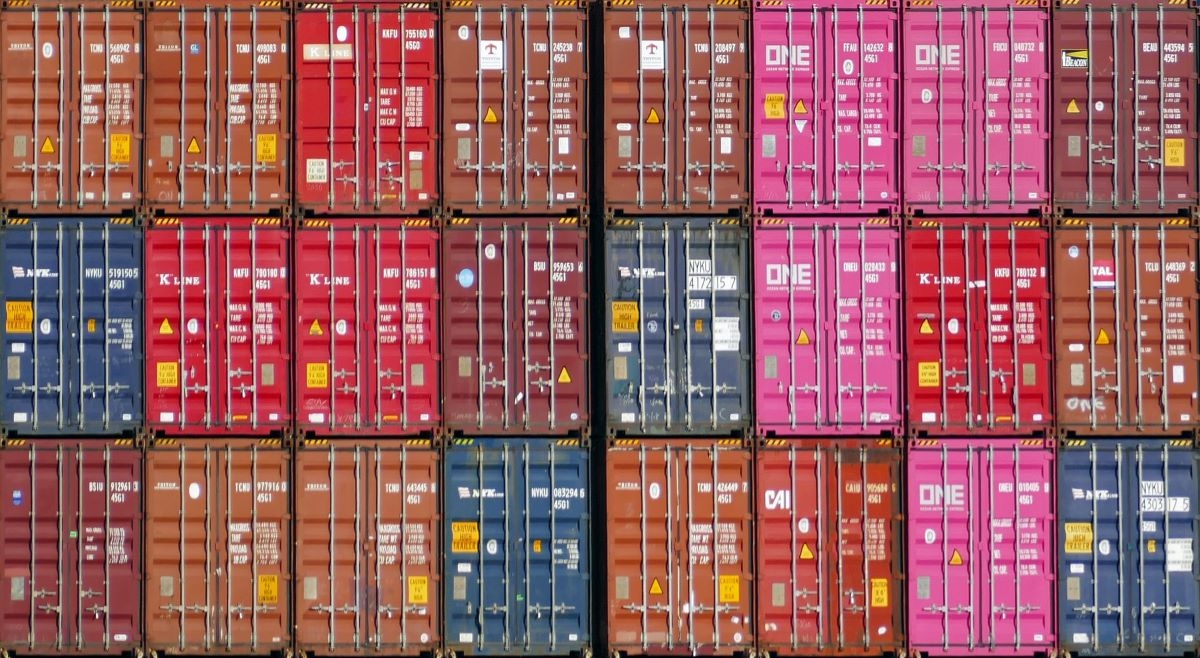
How to choose the right shipping containers
Different descriptions, categories and grades are assigned to shipping containers. This can be confusing, especially when some of the names are used interchangeably or mean different things to different suppliers. But is important to understand them because they can directly affect the price of a container.
The grade or category that is assigned to a storage container often reflects its current condition. Other factors that will affect the grade include: the age of the container, miles traveled, damage and repair history, and weather conditions under which the container has been shipped or stored. Most storage containers are retired shipping containers, so you can expect some wear and tear.
A newer container does not always mean it’s better quality. An old container could be in better condition than a ‘like new’ container that has traveled hundreds of miles or has been sitting outside in a shipyard for years under harsh weather conditions. It’s important to find out as much information as possible about a container’s history before you rent or buy. Most container suppliers have this information, but if you choose to buy from a third-party seller on sites like eBay or Craigslist, they may not know the details of the container’s history.
There are shipping containers for sale in Vancouver
When looking for a shipping container it is worthwhile to consider several things:
Shipping vs. Storage
Many of the grades/categories used to describe containers are terms that were created by the shipping industry. Labels such as ‘cargo worthy,’ ‘windproof,’ and ‘watertight’ are descriptions given by a certified marine surveyor who must approve the unit for international transport.
It is important to know this: a container that is no longer approved for shipping does not mean the container would not make an excellent storage unit. Shipping containers must adhere to strict regulations by the International Standards Organization (ISO) to ensure safety and consistency in transport.
A steel container that is going to be used on a construction site to hold heavy equipment and machinery does not need to adhere to the same standards as that of a container that will be stacked 7 units high on a barge that will travel hundreds of miles across the ocean. Similarly, a container that will sit in a parking lot to hold seasonal inventory and overflow items does not need to adhere to ISO standards. It is important to physically inspect the container before renting or buying. Holes and rust can be easily covered over with a quick paint job. Not all rust is bad, but it is helpful to know exactly what you are getting before you rent or buy. If you cannot physically inspect the container yourself, consider hiring an inspector or request pictures of all angles of the container before purchasing.
One-Tripper or New Container
These are containers that have been newly manufactured and shipped directly from China carrying their first load of cargo. They generally cost around $3,000-5,000 and have the latest features like polyurethane floor coating to protect from spills, a pre-installed lock box, and easily accessible handles and doors. If you are planning on using your container as livable space (home, retail, office) or just want every assurance that you’re getting a high-quality container, a one-tripper might be a good fit for you.
Cargo Worthy
These are containers that have been deemed cargo worthy by a certified marine surveyor. Containers that are cargo worthy are still qualified for use in the shipping industry. They have been deemed wind-proof and waterproof. The price will vary based on age, condition and miles traveled.
Note: A new container is considered cargo worthy for five years from the date of manufacture (listed on the CSC plate attached to the left door of the container). After five years, a container must be re-inspected by a marine surveyor to determine whether it passes. During that time, the surveyor will note the condition and determine whether the container is cargo worthy. If it passes, it will go another 24 months before a new inspection.
Photo: Marco Bianchetti, unsplash










